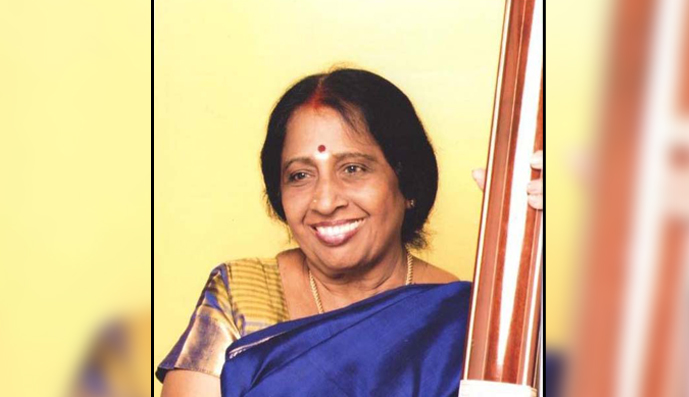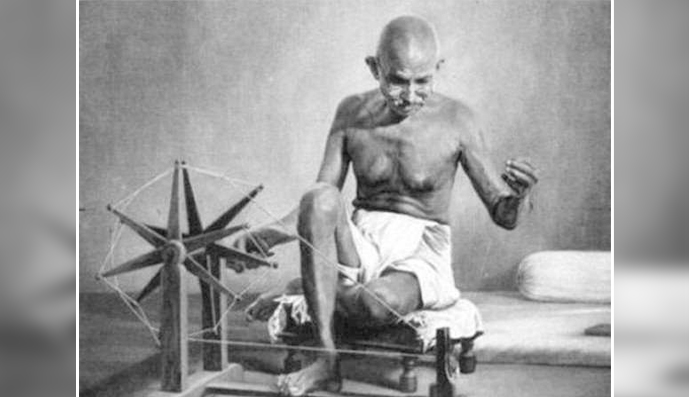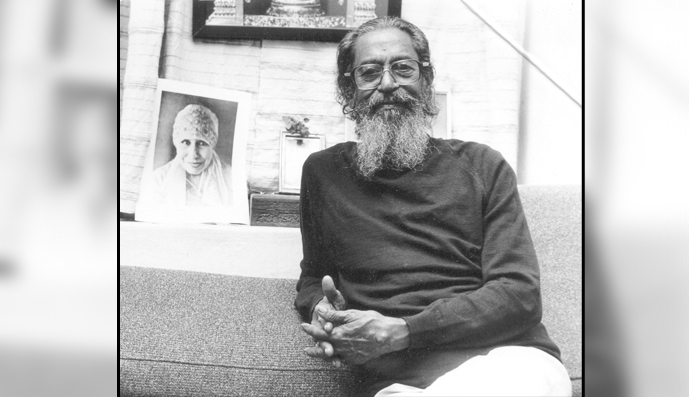The Tamil month of Margazhi (mid-December to mid-January) is synonymous with bhakti and music when Andal’s Tiruppavai, ashtapadis and bhajanai resonate around temple tanks and in homes. A popular venue for the 5 am devotional congregation is around the Kapaleeswara Temple in Mylapore, Chennai. A set of devotees gather here religiously, every day of Margazhi, year after year for the bhajanai led by veteran musician Rukmini Ramani. This is a legacy handed down to her by her famous father, Papanasam Sivan, and she carries the mantle diligently. Sivan started conducting the bhajanai in 1934 and continued till his demise in 1973. Rukmini remembers going out on the streets for the bhajanai even as a five-year old; now she leads the group. The family carries the tradition forward to this day. Artists usually have the genetic advantage of having inherited the art from their parents or ancestors up the family tree. However, it is not often that two successive generations achieve name and fame. A noteworthy example of father-and-daughter receiving recognition as musician-composer is that of Brahmasri Papanasam Sivan and his daughter Rukmini Ramani. Sivan, the famous composer, is popularly known as Tamizh Tyagayyar; and Rukmini is a well-known musician, teacher, lyricist, composer and organiser
The Youth Association for Classical Music (YACM) was a movement launched in the 1980s to inspire youngsters to take to classical music—as organisers, performers or rasikas. Many leading vocalists of today were all active members of YACM and a majority of them attribute their success to this organisation. The mid-nineties saw a proliferation of young performers who entered the Carnatic concert circuit; some of them have stood the test of time and are famous in their own right. Among the young stars of the 1990s was Gayathri Girish, who is now in her mid-forties and is a seasoned musician. She is a quiet-achiever, brimming with self-confidence and a positive attitude. Her determination to be different is what has stood her through in her consistent journey as a performing musician. Born on 9 October 1973 to Padmini and S. Srinivasan, Gayathri grew up in a household filled with music. Her parents exposed her to a lot of listening and were regulars at Sri Krishna Gana Sabha (SKGS). Three-year-old Gayathri soon became the favourite among the regular members of the sabha and was even incentivised with a candy every time she identified ragas. Gayathri says, “Even today when I go to SKGS, some of the senior rasikas remember me and reminisce on those lovely memories”. Her mother, Padmini Srinivasan, was a performing artist and was also Gayathri’s first guru. Gayathri soon came under the tutelage of Vaigal Gnanaskandan of the Semmangudi school. “Vaigal sir was a great source of inspiration for my concert career. A benevolent teacher, extremely proud of all his disciples, he always encouraged us to sing more,” says Gayathri.
Mahatma Gandhi may not have been a great connoisseur of music and arts, but he liked music, was moved by its emotion and was aware of the different genres. He felt that music was a unifying force to bind hearts and minds. Singing bhajans was a part of his weekly discourses. “If there was no music and no laughter in me, I would have died of this crushing burden of my work!” said Gandhiji when someone asked him if he had no liking for music. When Gandhi was in South Africa he started evening prayers in the Ashram. The collection of bhajans they sang was published under the name of Nitivam Kavyo. In his speech at the second Gujarat Educational Conference at Broach, on 20 October 1917, he said, “At times, we find restlessness in a large gathering.
Rarely do we come across a visual artist who is also a performing artist. S. Dhanapal, whose centenary is being celebrated this year, was an exception. He was an acclaimed sculptor with several outstanding creations to his credit as well as a painter, who has also made a mark as a Bharatanatyam dancer. Born on 3 March 1919, in a house near the Kapaleeswara temple in Mylapore, Chennai, his only outing as a child was to the temple, where he would watch with fascination as the artisans made vahanas for the deities. This, and the wooden dolls his friend’s father used to make, kindled the artist in him. After observing his skilful drawings, his teacher in school suggested that he should join the Government School of Arts and Crafts. Dhanapal did so and came under the tutelage of the principal—well-known sculptor Debi Prasad Roy Choudhury—and K.C.S. Panicker. He eventually became a renowned sculptor and painter of the modern art movement of Madras and grew to be a legend in the field. Besides fine arts, he was interested in music and dance. Learning music was out of the question for the boy, but he would sit near his sisters attentively while they learnt music at home and could sing varnams.
CONTENTS
6 Readers write
10 News & Notes
16 Birthday calendar
18 Rukmini Ramani
30 Gayathri Girish
41 Spotlight v Music and the Mahatma
43 Centenary tribute v S. Dhanapal
46 Analysis v The maha melaragamalika (part 2)
48 Perspectives v Concert patterns in C and H music
52 New initiative v Indian Music Experience
56 Wellness v Yoga for the human voice
58 From the Editor
Front
Cover: Gayathri
Girish
Rukmini
Ramani (photo by Srihari)






